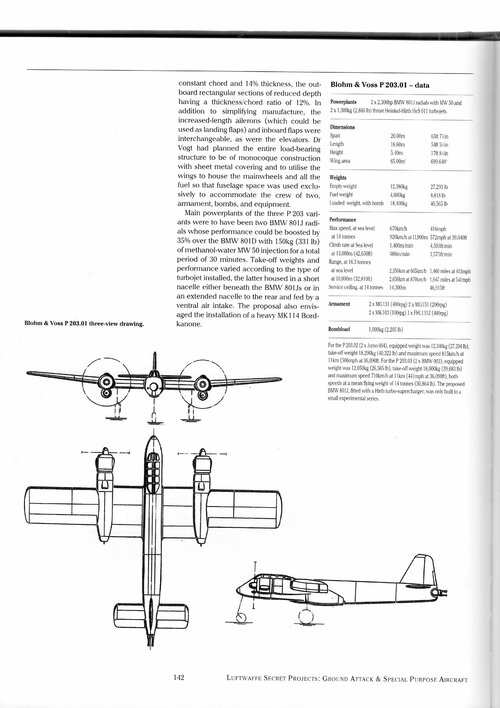P1065 Ⅲ's shape was similar to P1055 and He119.
P1055's engine was DB613(twin DB603) and P1065 Ⅲ's engine was DB619(twin DB609).
What is the device which located fuselage front side?
Anti-inflammatory exhaust pipe?
View: https://www.flickr.com/photos/makfreak/10288485734
Flickriver - view images as a 'river of photos' and more...

www.flickriver.com
Heinkel p 1055.01-16 Heavy escort fighter
Span : 19.25m, Length : 15.35m, Height : 4.95m, Wing Area : 45m2, Mean Weight : 11,000kg, Maximum soeed : 720km/h at 9000m, Service ceiling : 11,000m, Armament : 3×MG151 in mid dorsal turret, 4×MG131 in rear dorsal turret, 4×MG131 in vertical turret, Engine : DB613C/D 3800hp
























